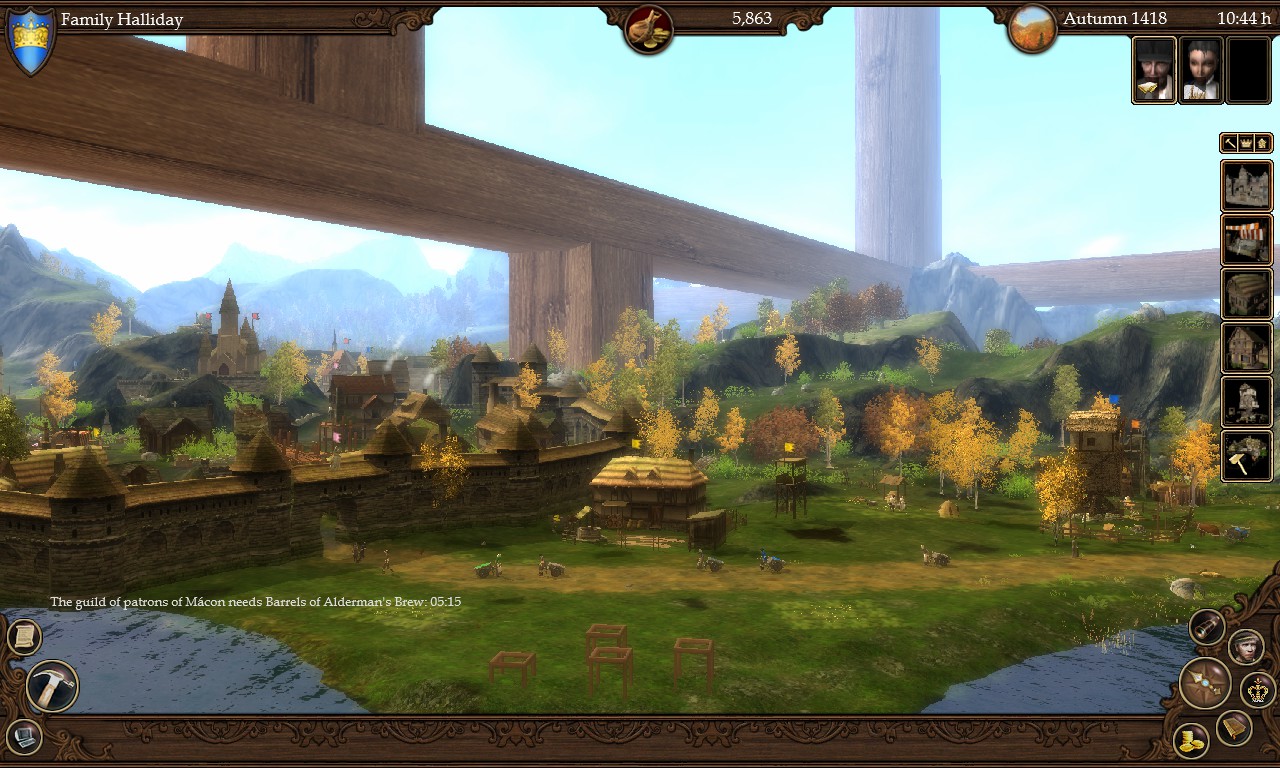

Whether the advantage lay in urban employment within a guild structure or with employment at a princely court is less clear-cut. The professional benefits of a permanent workshop are reasonably clear in terms of the supply of artistic materials, the employment of long-term assistants and establishing a client base. For much of his career, before moving to Avignon in the 1340s to work at the papal court, he had an urban workshop in his native Siena, and received commissions from both civic and ecclesiastical authorities. It remains uncertain whether he travelled to Naples to paint the Saint Louis altarpiece for Robert of Anjou sometime around 1317, or whether the commission was placed remotely, and the panel painted in Siena and exported to Naples. On the other hand, Jan van Eyck ( c.1395–1441) and Albrecht Dürer (1471–1528) were able to maintain fixed workshops while remaining in court employment, and Titian ( c.1485–1576) remained based in Venice exporting work to clients such as Philip II in Spain.Ī fixed artist’s workshop depended not only on local institutional and individual patronage, but often also on the willingness of clients from further afield to come to the artist rather than the artist travelling to work for clients. Botticelli ( c.1445–1510) worked almost continuously in Florence under the protection of the Medici family, but even he was sent to Rome by his patrons to work temporarily for Pope Sixtus IV. El Greco (1541–1614) moved between three different countries before finding employment not at the royal court in Spain but in the city of Toledo.

Artists working for European courts might travel extensively as well, not just within a country but from country to country and court to court: Michael Sittow ( c.1469–1525) is a case in point, working at the court of Castile in Spain and in the Low Countries for the Habsburgs.

Many other artists moved around in search of new opportunities of employment, even to the extent of accompanying a crusade. Traditionally, craftsmen working on great churches would be employed in workshops on site, albeit often for some length of time during the course of their career, such craftsmen might move several times from one project to another. The pattern of artistic employment in the medieval period and the Renaissance varied.

Patterns of artistic employment: workshop, guild and court employment


 0 kommentar(er)
0 kommentar(er)
